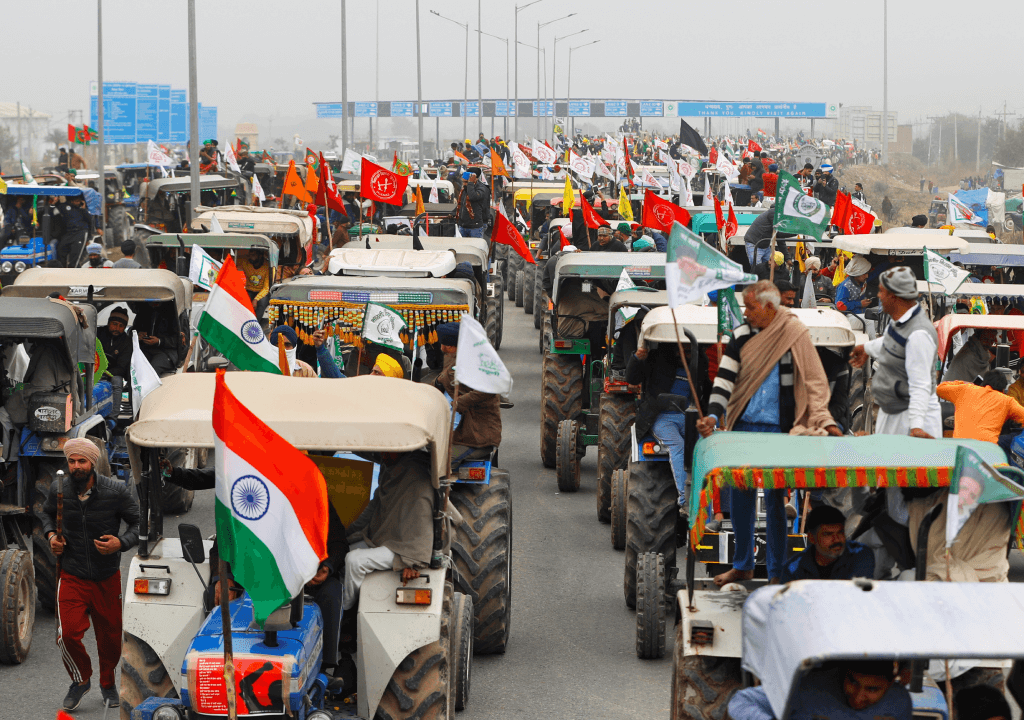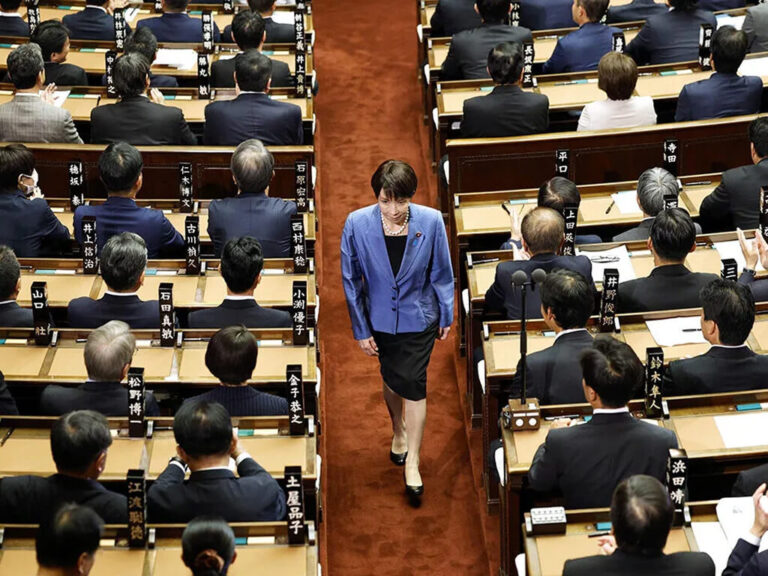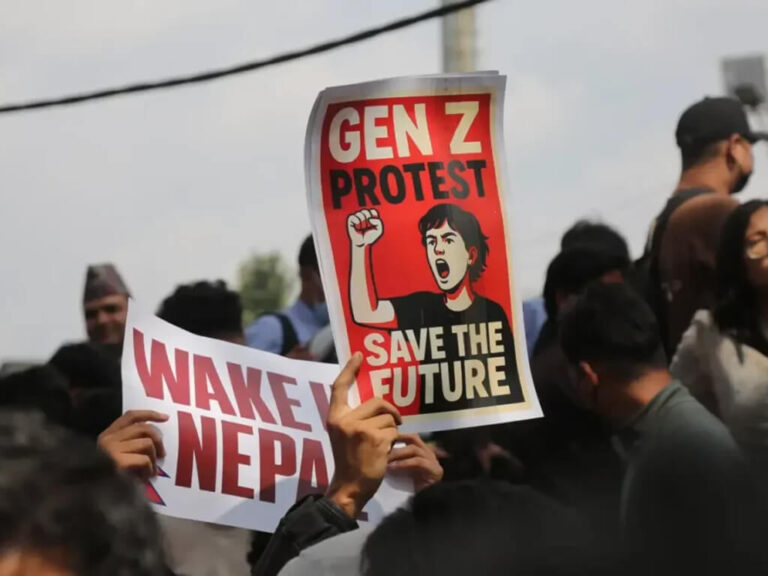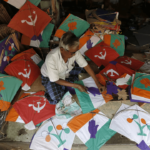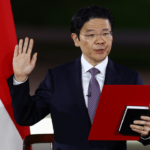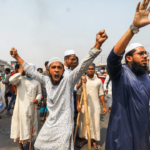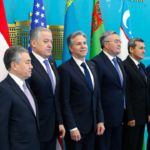Over the past decade, only one protest against the Modi government has managed to both astonish and successfully secure the protesters’ demands. The farmers’ protests, a notable demonstration, resulted in the retraction of proposed reforms aimed at significantly altering India’s agricultural landscape. The BJP-led administration found itself caught off guard by the intensity of this protest, which included several months of blockades in the capital, New Delhi.
In addition to the impactful 2020–21 farmers’ protest, there were various other demonstrations opposing issues such as the triple talaq prohibition bill and the Citizenship Amendment Act (CAA), which grants citizenship to Hindu refugees from Pakistan and Bangladesh. Wrestlers in India also expressed their dissent, particularly objecting to the BJP leader’s lack of charges in connection with allegations of rape and harassment of women wrestlers. But, they all failed.
Even though Modi was able to overcome the farmers’ disapproval, some farmers are starting a new wave of protest against the central government with fresh demands. Is Modi’s political trajectory in India at risk from a group’s protest that mimics the 20–21 protests?
At the core of India’s economic structure lies the agricultural sector, serving as the linchpin that sustains not only the country’s 1.5 billion inhabitants but also reverberates globally. Ranging from expansive agricultural holdings owned by influential landholders to the smaller-scale operations of modest farmers, the spectrum is diverse. Despite this disparity, the Indian government is intricately entwined with the fate of its farmers and the agricultural industry. Long held in high esteem alongside the military in the Indian political landscape, farmers witnessed a shift in their standing with the advent of Modi, who redirected focus from agriculture to prioritize the business and service sectors.
The introduction of the farmers’ bill, intended to commercialize agriculture, faced vehement opposition from various quarters, including farmers, landlords, communists, and anti-Indian union groups. This collective resistance had a profound impact on Indian politics, compelling the government to backtrack on the proposed legislation.
The protests that unfolded in 2020–21 were a concerted response to three proposed legislations aimed at relaxing regulations surrounding the pricing, storage, and sale of agricultural produce—regulations that had long served as a protective shield for farmers against the uncertainties of the free market. Farm unions vociferously warned that these measures could have disastrous consequences for the livelihoods of farmers, rendering them vulnerable to the influence of large corporations. Despite months of staunch insistence from the Modi administration that the reforms were in the farmers’ best interest, on November 19, 2021, Mr. Modi announced the repeal of the controversial legislation. Subsequently, the parliament swiftly approved the repealing bill.
This turn of events was widely hailed as a victory for farmers, showcasing the potent impact of large-scale demonstrations in influencing governmental decisions. However, the triumph was short-lived, as the BJP strategically dismantled the farmer alliance by garnering support from various castes and creating divisions among the farmers along Hindu and Sikh lines. Political parties representing farmers in Punjab, Rajasthan, Haryana, and Uttar Pradesh also played a role in this fragmentation. The BJP effectively neutralized the possibility of a united mass demonstration akin to those witnessed in 2020–21 by abandoning legal reforms and opting for collaboration with the farming community instead.
As we approach the 2024 general election, certain factions are resurfacing, yet their attempts to reach Delhi have been thwarted. In neighboring states, heavily armed troops have been deployed, even providing grenades and shells to prevent their advance. This development has cast a shadow of uncertainty over established political analyses. Observers recognize that politically motivated protests could emerge as a potent tool to impede Modi’s bid for a third term, especially given his recent electoral victories, a weakened opposition, and the inauguration of the Ayodhya Temple. With elections looming, protesters assert that they are applying pressure on the government to promptly address their concerns.
While the government and BJP argue that their actions aim to sway public opinion, accusing certain factions of harboring separatist motives, such as the demand for a Sikh nation in Punjab, the protesters reject this narrative. Some BJP leaders have gone to the extent of labeling the demonstrators as terrorists. In this charged political climate, it’s noteworthy that Congress and every opposition party align themselves in support of the farmers.
Allegations have surfaced that certain BJP members have joined forces to threaten or assault the protesters. Farmers contend that promises made by the government during the 2020–21 protests remain unfulfilled. Additionally, they have called for the government to forgive their debts and provide pensions. Farmers argue for consequences against counterfeit fertilizers, herbicides, and seeds, and urge the government to increase the maximum number of workdays under the rural job guarantee program to 200.
Furthermore, the demonstrators demand that India renounce all free trade agreements and withdraw from the World Trade Organization (WTO). It is widely acknowledged that these demands may not be met during the period of the current government. Consequently, the BJP claims that this is a political theater orchestrated to discredit Modi.
Until now, new waves of farmer’s protest have had minimal impact on the Indian public, especially when compared to previous instances. The diminished coverage of protests by the Indian media has contributed to this subdued response. Farmer’s groups and Political parties that represent Farmers like Rashtriya Lok Dal, despite expressing readiness to collaborate with the Modi-led alliance. Several parties had withdrawn their support for the administration in 2020–21 upon recognizing the pulse of ground in that time. However, the current political landscape appears different now. Modi has solidified support from farmer’s groups, successfully redirecting to other issues like Hindutva to captivate the Indian public’s focus. And doubts about the political motivations of these protesting farmer’s groups are now surfacing among the public.
While Modi’s position may be secure, the methods employed to quell protesters, involving the use of shells, grenades, and drones, raise concerns about the state of democracy within the nation.

